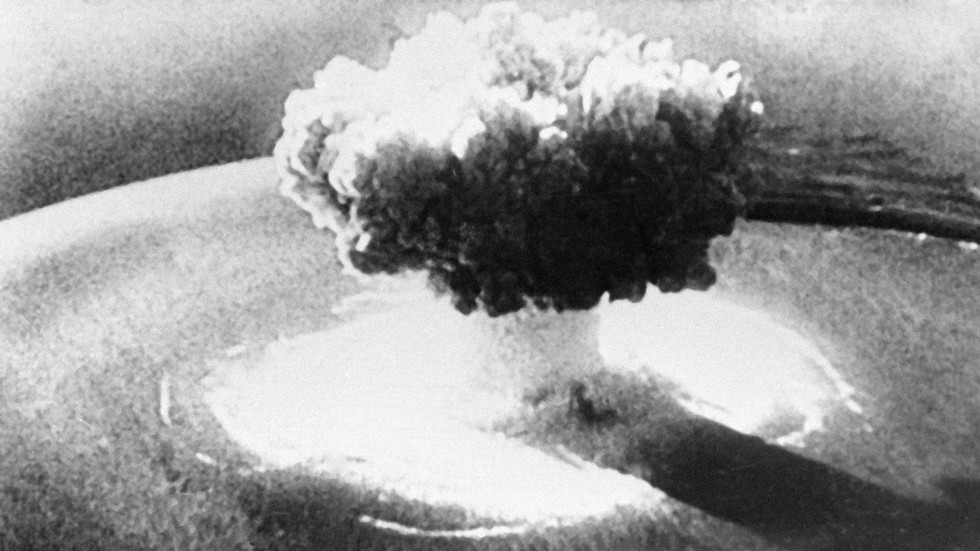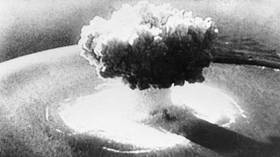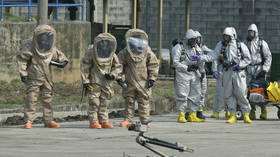
Those who shelter indoors relatively far from the explosion will still be in danger, scientists warn

A photo of a nuclear explosion. © Sputnik
The corner of a room is the safest spot to hide from a massive shockwave caused by a nuclear explosion, scientists from Cyprus have discovered after running a computer simulation of the catastrophic event.
Those unlucky enough to be near the epicenter of the blast would be instantly vaporized, but even those who are quite far away would still be in danger – even if they remain indoors, the researchers warned in a paper published in Physics of Fluids journal on Tuesday.
The study “shows that high airspeeds remain a considerable hazard,” Dimitris Drikakis, who led the team at the University of Nicosia, told the American Institute of Physics.
The blast would cause a shockwave bubble almost 5km in radius, with strong winds capable of bringing down shabby constructions, as well as injuring or killing people, the study revealed.
Concrete-reinforced buildings are likely to withstand the winds, but those inside would have to get to specific areas within seconds of the explosion in order to remain safe, according to the paper.

Read more
“The most dangerous critical indoor locations to avoid are the windows, the corridors, and the doors,” said Ioannis Kokkinakis, one of the authors of the study.
The advanced computer simulation created by the team revealed that tight spaces inside buildings can sharply increase airspeed, with the shockwave also causing winds to deflect off walls and bend around corners. Such conditions can create a force equivalent to up to 18 times a human’s body weight, the research showed.
According to Kokkinakis, “One can be safe from the high airspeeds if positioned at the corners of the wall facing the blast,” even if the room is facing the explosion.
Even if a survivor manages to withstand the shockwave by hiding in a corner, however, they will still have to contend with “increased radiation levels, unsafe buildings, damaged power and gas lines, and fires,” Drikakis warned.
READ MORE: US-Russian nuclear arms control has become a hostage to the conflict in Ukraine – here’s why it’s so dangerous
The authors of the paper believe their findings could be used by relevant authorities to amend instructions on how people should behave in the event of a nuclear explosion. They could also be used by architects to inform designs for new concrete buildings. However, the team expressed hope that the need for such considerations never arises.




